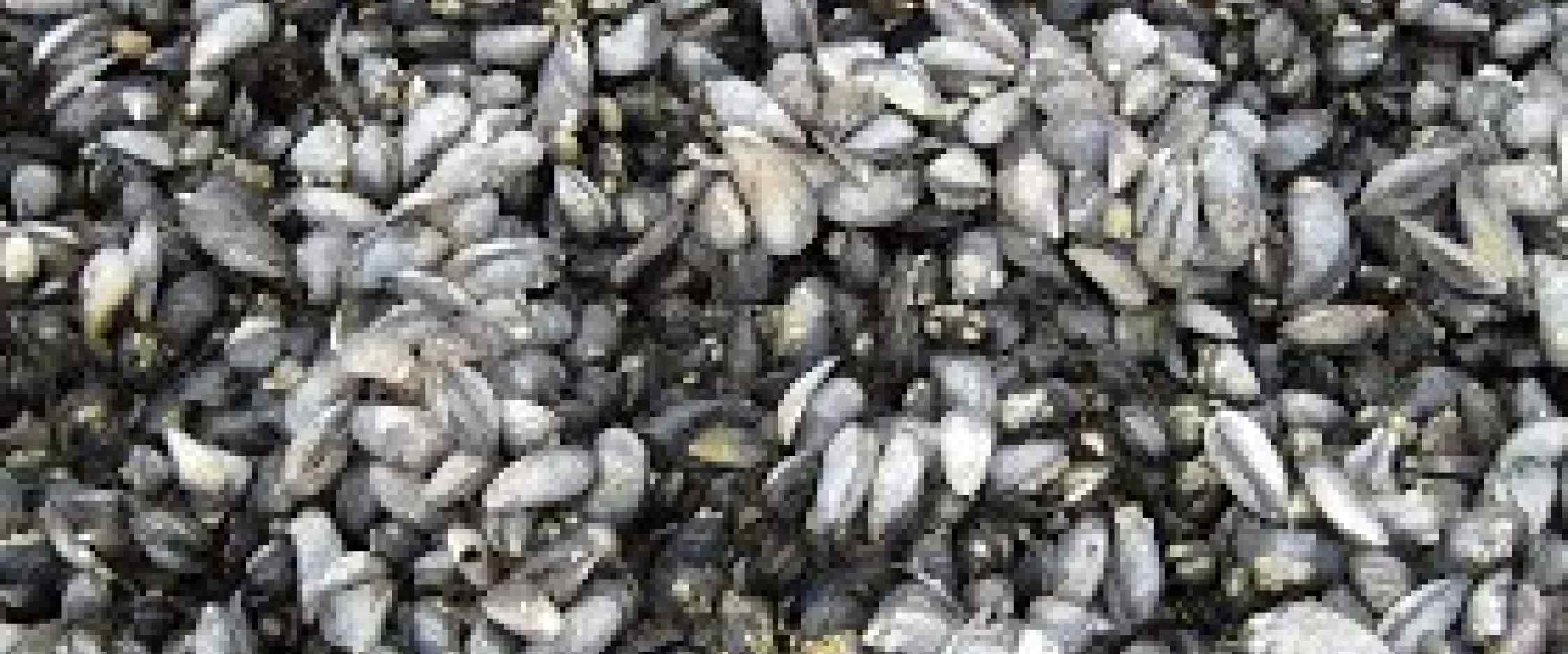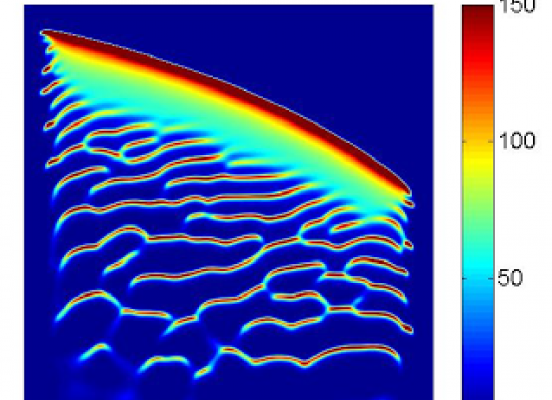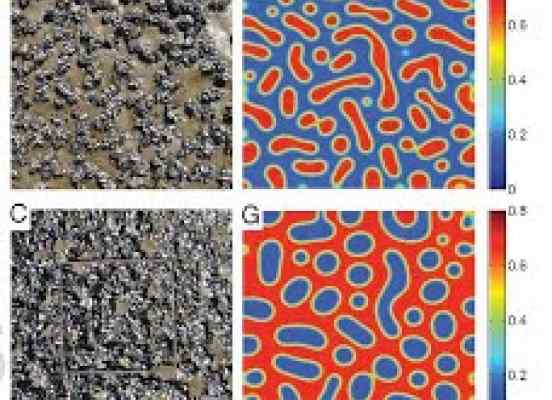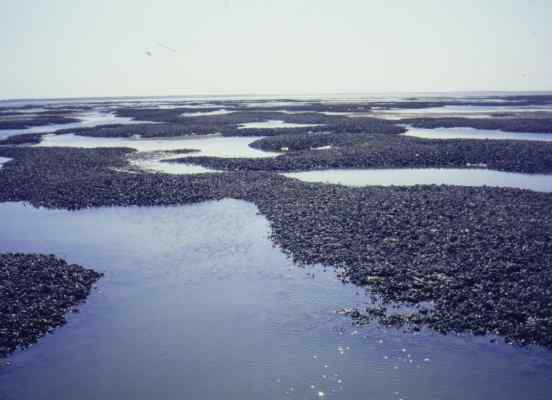Description
Theory predicts that self-organized pattern formation has important implications by affecting vulnerability to disturbances and increasing production. Whether these emergent effects depend on the presumed underlying mechanisms is an often ignored question. Here, we show that two models using very different mechanisms for pattern formation in mussel beds are equally able to explain the observed spatial patterns (Liu et al 2012, Proc. R. Soc. B). Interestingly, they predict a strikingly contrasting effect of these spatial patterns on ecosystem vulnerability and production. This study provides a cautionary warning against predictions of the implications of spatial self-organization, when the underling mechanisms are incompletely understood, and not based on experimental study.
Areas of research
- Ecology




